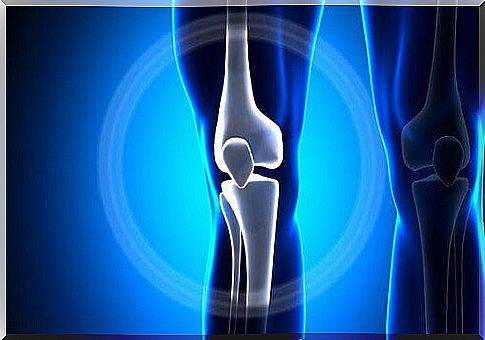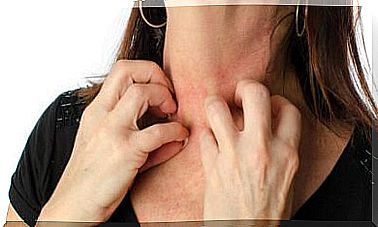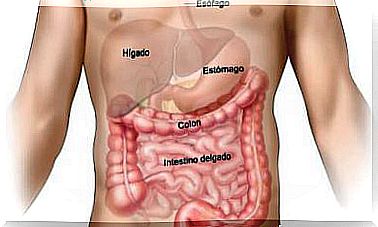Osteosarcoma, What Is It And How Is It Treated?
Osteosarcoma is the most common type of bone cancer and, unfortunately, it usually affects young people. How does it manifest? What is the way to diagnose it? Here we detail it.

Osteosarcoma is a type of bone cancer that develops from the cells that are responsible for forming and creating bone (these cells are called osteoblasts). In fact, it is the most common type of bone cancer.
Although it is a rare cancer, it represents 3% of cancers that occur in childhood. It usually affects long bones, such as those in the legs, but can actually form in any bone.
Osteosarcoma usually appears in adolescents or children, although it could appear at any time in life. Treatment and prognosis vary greatly depending on the size, location, and grade of the tumor.
The big problem with this cancer is that it can metastasize to other organs and, in addition, it can be fatal. Therefore, in this article we explain everything you need to know about its development and evolution.
What is osteosarcoma?
As we have already mentioned, osteosarcoma is a malignant tumor that develops from bone-forming cells. These cells are called osteoblasts.
They are responsible for the growth and continuous renewal of the bones. For this reason, it is more common for this cancer to affect adolescents and children, since it is the stage where these cells present their greatest activity.
The place that is most often affected by osteosarcoma is the knee. Unfortunately, there is no way to prevent it; It can only be treated by achieving an early diagnosis, when it has not yet caused serious damage to the area or metastasis.
What symptoms does it produce?

Osteosarcoma manifests itself with very nonspecific symptoms that can be confused with other health problems, such as a sports injury. For this reason, it is important to always go to the doctor if you have any questions.
First, osteosarcoma usually causes pain in a bone or joint. Also, there may be a swollen area near a bone. Even, in some occasions, what it produces is a spontaneous injury or a fracture in a bone.
Normally, this usually affects the leg or arm, since, as we have said before, it usually appears in the long bones of the body. When it hurts, it can be made worse by exercise.
In fact, this pain can occur at night and prevent the person who suffers from sleeping. In the case of children, the most obvious sign is that they begin to limp or have difficulty walking.
What are the risk factors for osteosarcoma?
The causes of osteosarcoma are still unknown. However, certain factors have been identified that increase the risk of suffering from it. Some of them are:
- Being a male adolescent.
- Having certain genetic diseases, such as inherited retinoblastoma or Li-Fraumeni syndrome. Retinoblastoma is a malignant tumor that develops in the retina, while Li-Fraumeni syndrome is a genetic mutation.
- Having been treated with radiation therapy for another cancer.
How is it diagnosed and what is the treatment?
In order to diagnose osteosarcoma, first, the doctor needs to take a good history of the patient and a physical examination. In addition, complementary tests, such as x-ray or computed tomography, are usually required.
In some cases, a biopsy is done so that the tumor can be analyzed in the laboratory. This determines what grade it presents and allows to guide the treatment. In the same way, it is studied by other tests whether the cancer has metastasized or not.

Treatment of osteosarcoma is complex and often requires surgery. The objective is to eliminate all cancer cells and to avoid as much as possible the disability of the affected area. However, in some cases amputation of the limb is necessary.
Chemotherapy is also used. In contrast, radiation therapy does not appear to be effective for this type of cancer. Currently, numerous clinical trials and studies are underway to achieve a more effective treatment of osteosarcoma.
In conclusion
Osteosarcoma is the most common type of bone cancer and, unfortunately, it usually affects young people. The symptoms are very nonspecific, so it is important to be aware of any pain or injury and consult your doctor.









